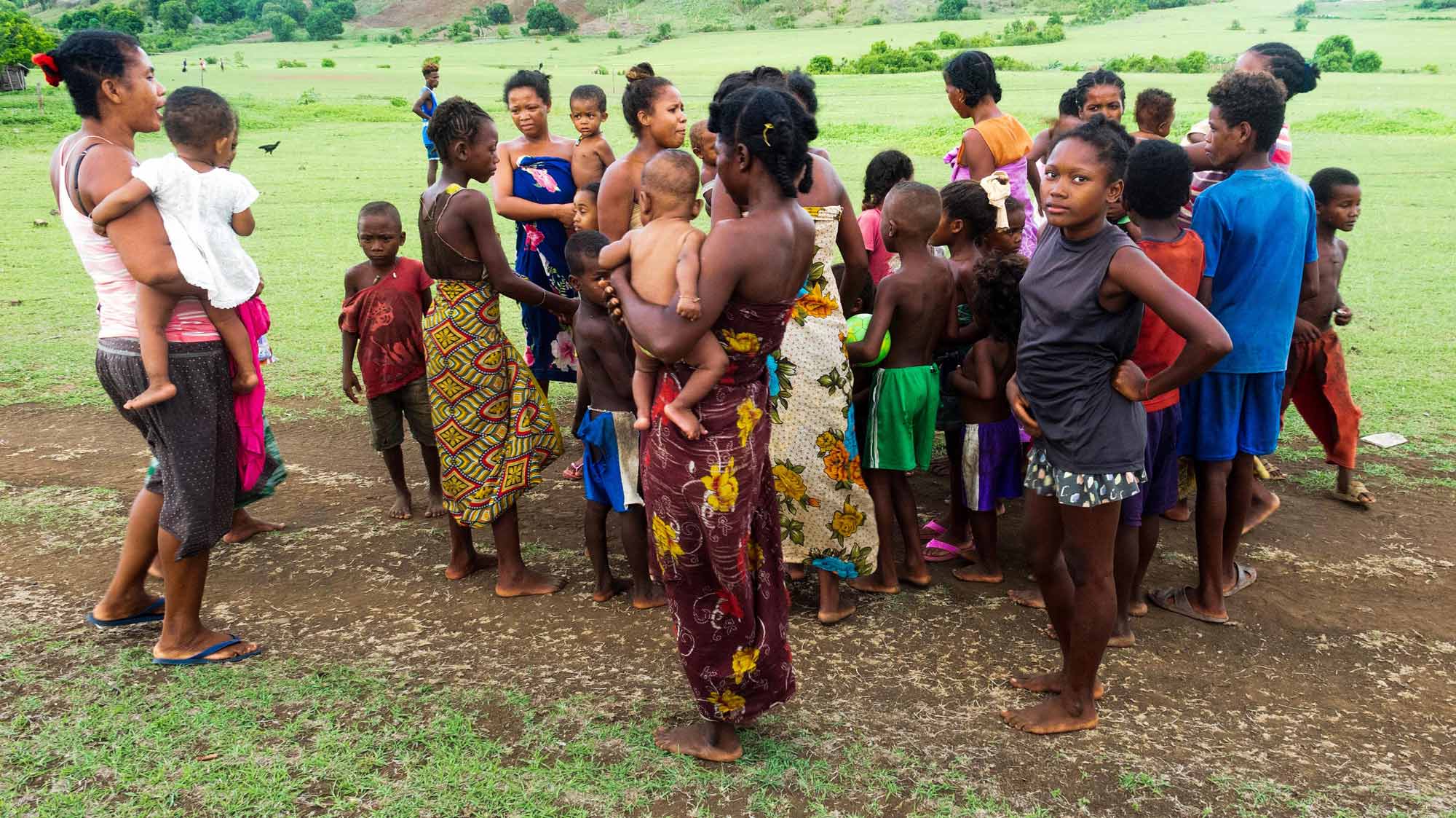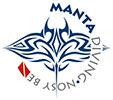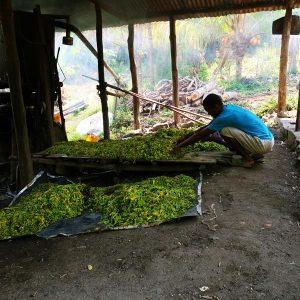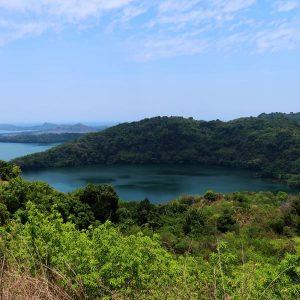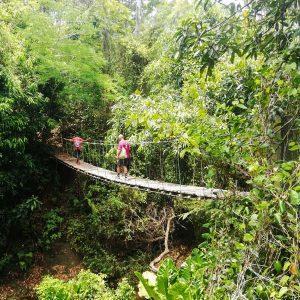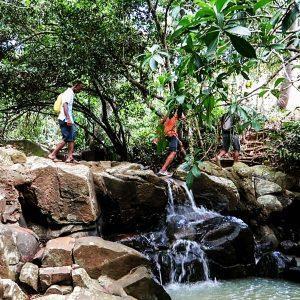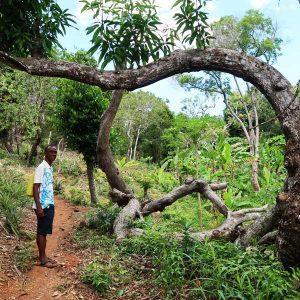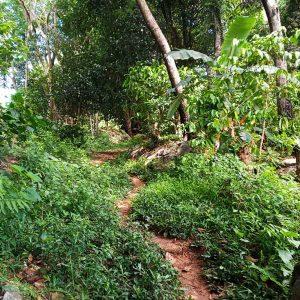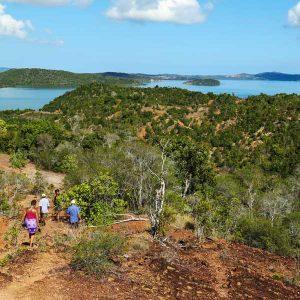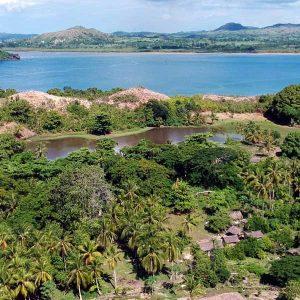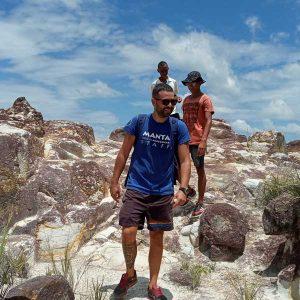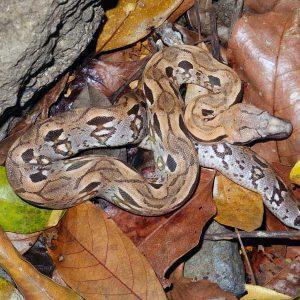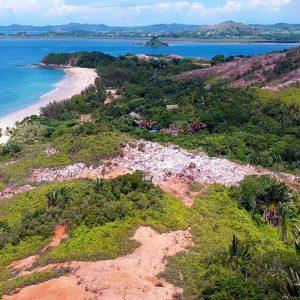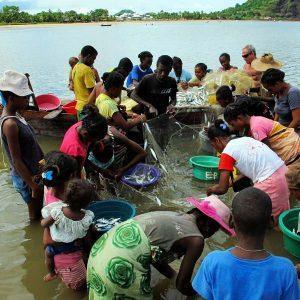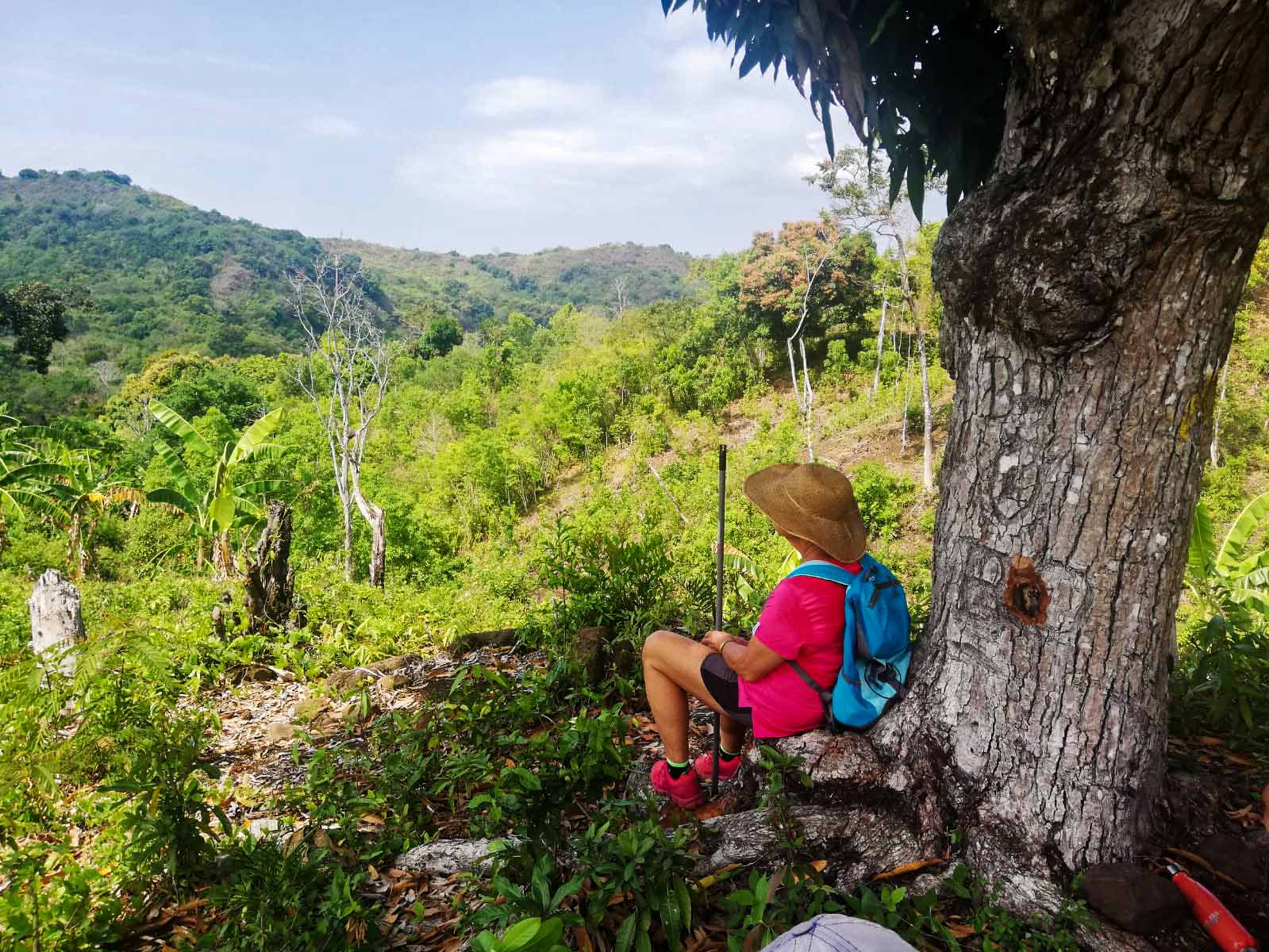

Nosy Be is a place to be, to live and feel it at 360°. The island’s interior, like the adjacent islands, is full of paths of varying difficulty, which are regularly used by villagers, farmers and woodcutters for their daily movements. The paths are not signposted, which is why an experienced guide is “necessary” for trekking in Madagascar.
Manta has divided the trails into three different levels: Easy – from 1 to 2 hours of walking, approx. 5 km, which corresponds to CAI – T. Medium – from 3 to 4 hours of walking, about 10 km, corresponding to CAI – E. Hard – from 5 to 6 hours of walking, usually about 16 km, corresponding to CAI – EE (expert hikers).
Together we will visit breathtaking landscapes of brousse, tropical forest, plantations, unspoilt flora and fauna, waterfalls that can only be reached on foot. We will cross rivers and interact with local people which rarely come into contact with tourists before. We’ll cross the smaller islands from one end to the other where the tropical vegetation, with its lush colours, from the bright green of the Ylang-Ylang foliage to the turquoise of the sea will create an unforgettable, evocative and original setting.
Not only trekking in Nosy Be every day, we thought to dedicate two days to this activity with an overnight stay: sailing towards the coasts of Madagascar where long tracks, rich in local stories between the sacred and the profane, breathtaking views and uncontaminated places are waiting to steal a piece of your heart. After long strides through forest trees, cashew plantations, birds with names that are still difficult for us to pronounce, a cocktail at sunset awaits us in an unmissable Eco-Lodge, with white sand and the sound of the sea.
For the true dreamers, a beautiful night walk by the sea awaits you to get to know the stars of the Southern Hemisphere.
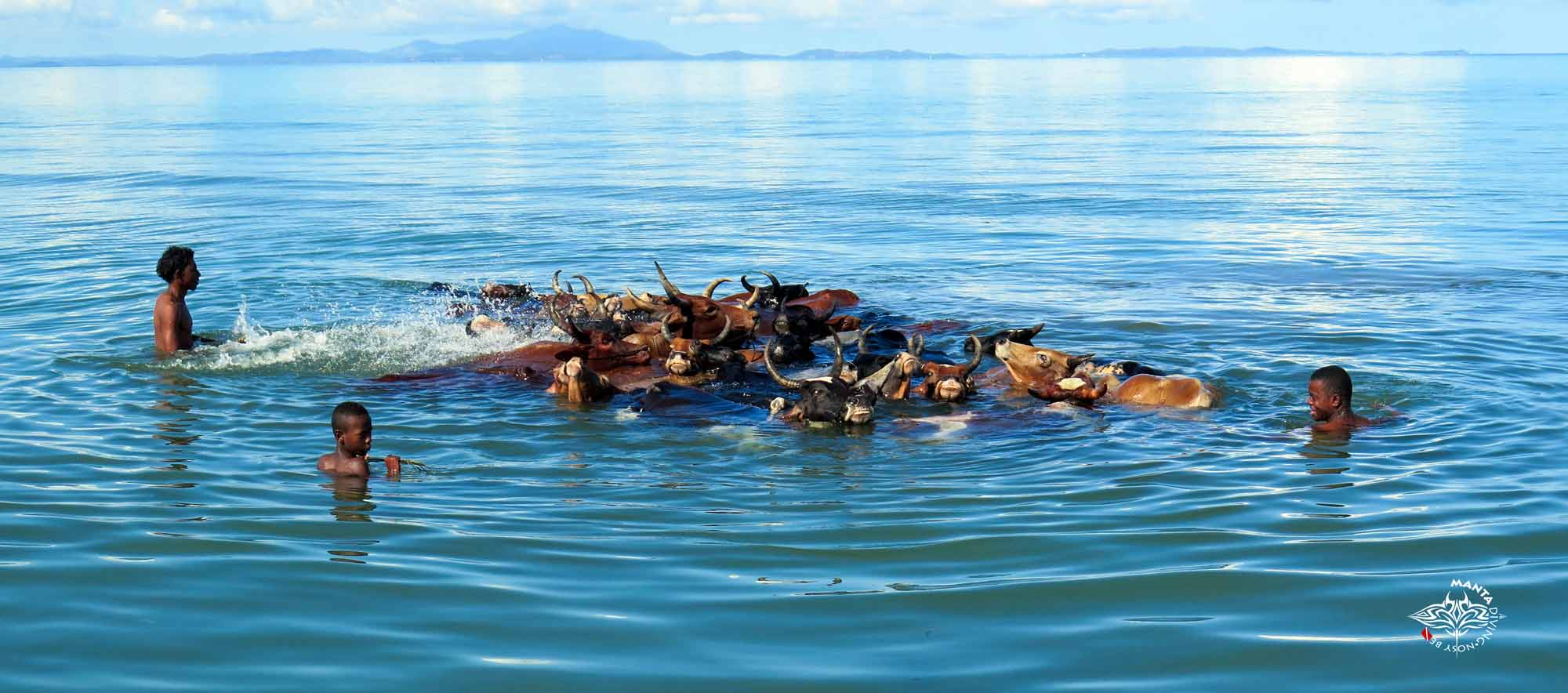

From the end of May to the end of September, temperatures are optimal for lovers of true trekking.
At this time of year, Nosy Be is in the dry season and therefore enjoys a temperate, spring-like climate. Temperatures are between 28°C and 26°C during the day and 25°C and 20°C at night, allowing us to walk more easily without fatigue or excessive expenditure of salt and energy. The period is ideal because all the paths are practicable and not covered by vegetation and mud, as is the case of wet season.

A backpack “adventure companion”, comfortable but not too heavy, with a small change of clothes inside (e.g. a swimming costume, spare socks, a light beach towel to dry yourself after a swim and for those with more delicate feet, flip-flops). Hiking clothing is definitely recommended, alternatively comfortable clothing. Don’t forget your hat, one or two thermal water bottle suitable for your water needs, polarised sunglasses if possible, trekking shoes that provide a good grip and protect the ankle, ankle braces if you use low shoes (e.g. Salomon or ON are fine), walking sticks if you are used to them, photographic equipment, a torch and last but not least… sun protection!

As already mentioned, we are in very different parallels from the European ones, drink a lot for a correct and “necessary” hydration, take with you some Supradin, Polase or similar to dissolve in the water you will drink. On all the trails, some sections have no shade, so please, don’t test your body on this holiday. Most of the trails are in very remote places and inaccessible to four-wheelers, so watch where, how and when you put your feet!

The trekking guides of Manta Diving are equipped with a first aid kit, however, having to cover several km we will have with us the bare minimum. Mobile phones are taken almost everywhere but it’s better to don’t use them! In the event of a major injury, the trek will be stopped immediately and we will head for the nearest recovery point. The Manta’s guides are trained in BLS and RCP.
